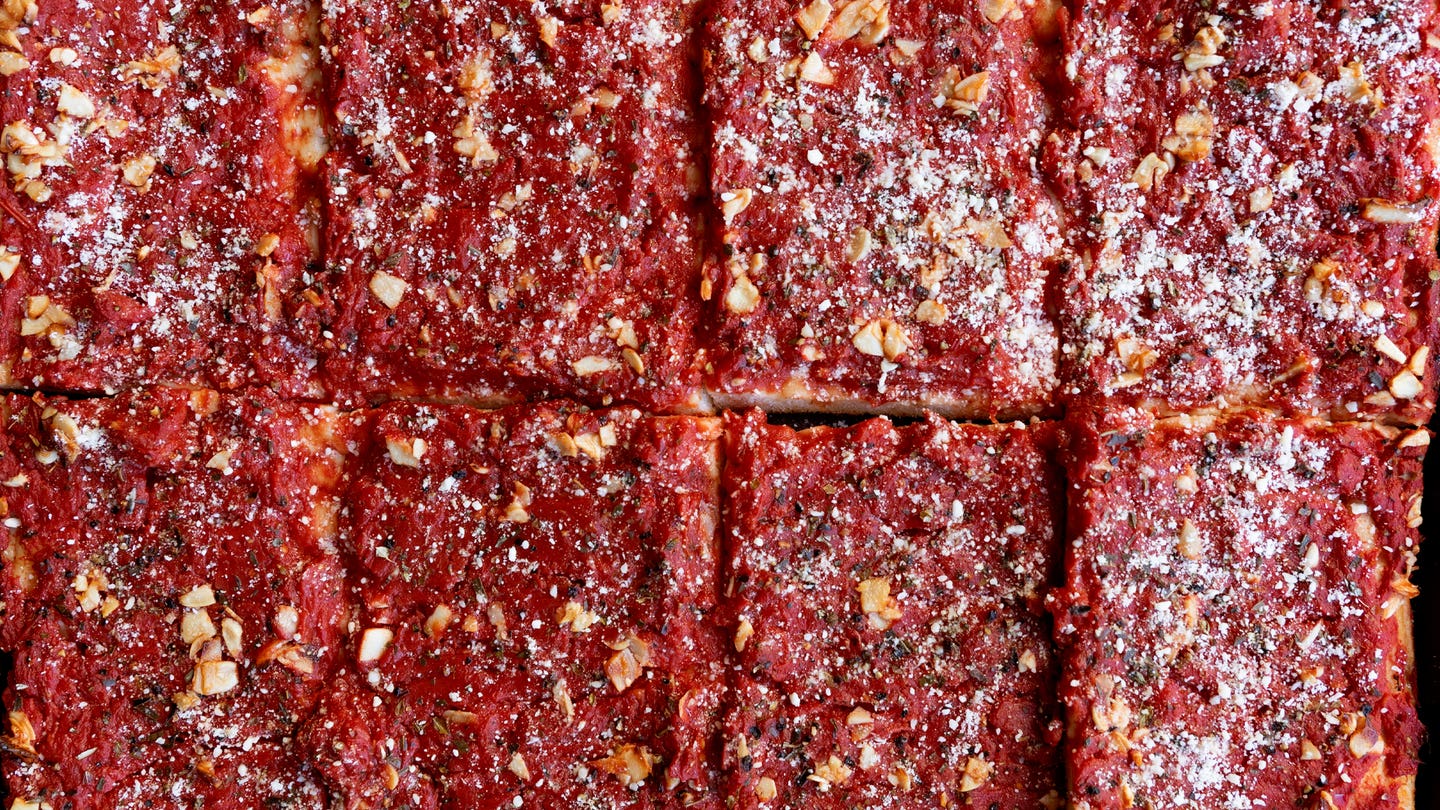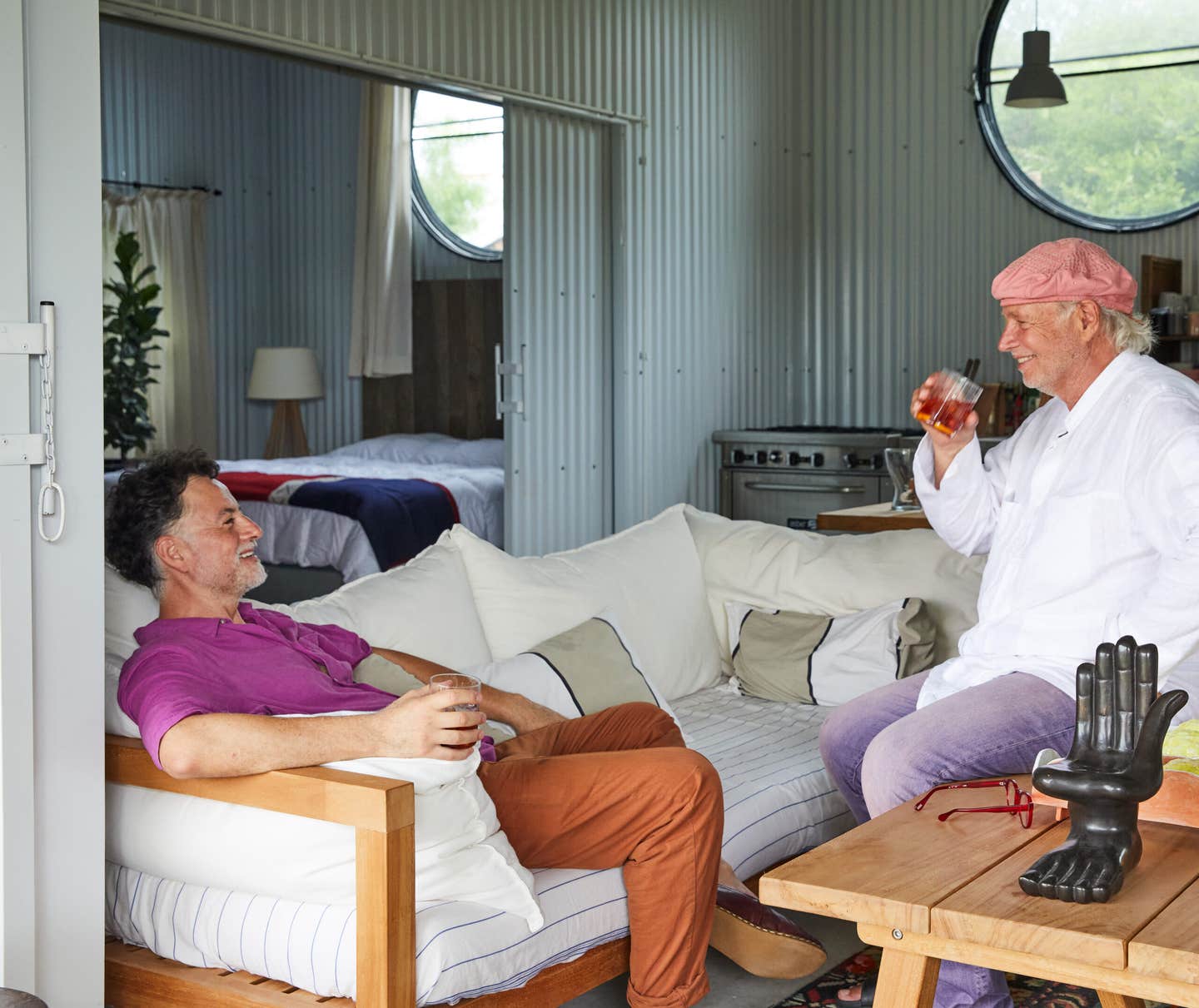
Fire Fuels the Creative Process at Chef Francis Mallmann’s Remote Artist’s Studio
Collaboration is always on the table at the Uruguayan outpost.
Last summer, when Fernando Aciar arrived in the rural village of Garzón (population: roughly 200) along the Uruguayan coast, a sun-drenched studio and well-stocked kitchen were waiting for him. At the artist's residency set up by famed Argentinian chef and restaurateur Francis Mallmann, one would expect no less. After all, the marriage of food and craft is evident across Mallmann's many restaurants around the world—Los Fuegos in Miami and Siete Fuegos in Mendoza, Argentina, to name a couple—where he carefully designs physical spaces that balance rustic patina with easy elegance. To help him create tableware and decor for his establishments, Mallmann built a live-in studio near his remote hotel and restaurant El Garzón and invited artists to come and exercise their creativity.
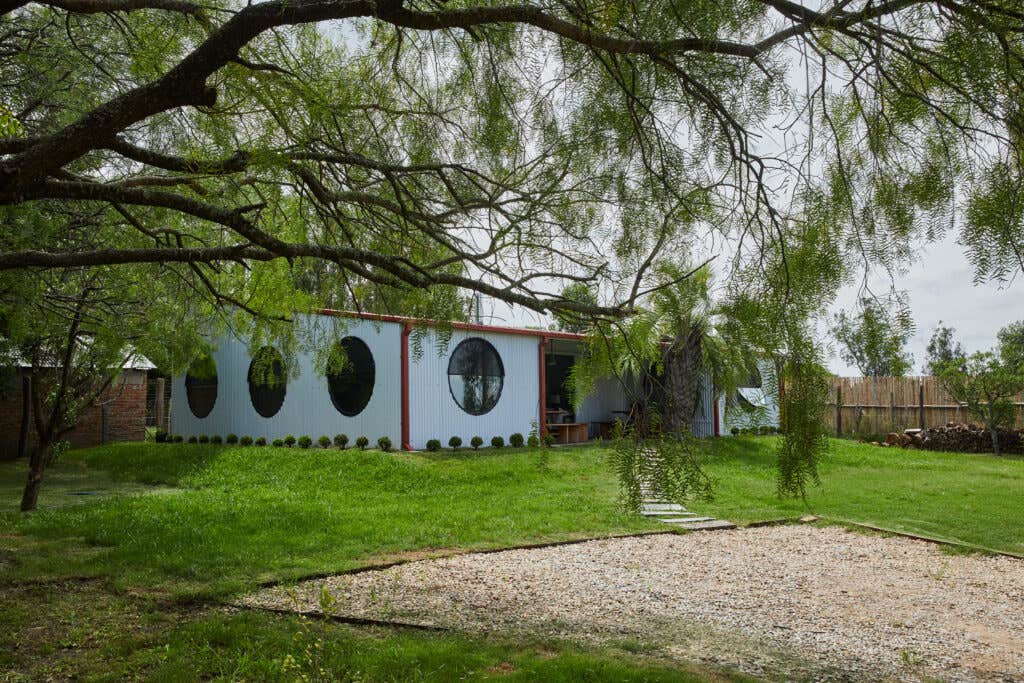
Aciar, an Argentina-born, Brooklyn-based chef and lifelong ceramicist who worked with Mallmann for several years, is the latest creative to stay at the residency. He opened the West Village hangout OCAFE in New York City in 2011 and launched his own design brand Fefostudio three years later; along the way, he found himself always gravitating toward accessible textures and shapes that marry function and aesthetic. "They're very easy to understand," he says of his pieces. "When you hold them, they look familiar to you." Favoring neutral-hued clays with strokes of color derived from natural dyes, Aciar looks to everyday objects like plants, stones, and of course, food, to inform his designs.
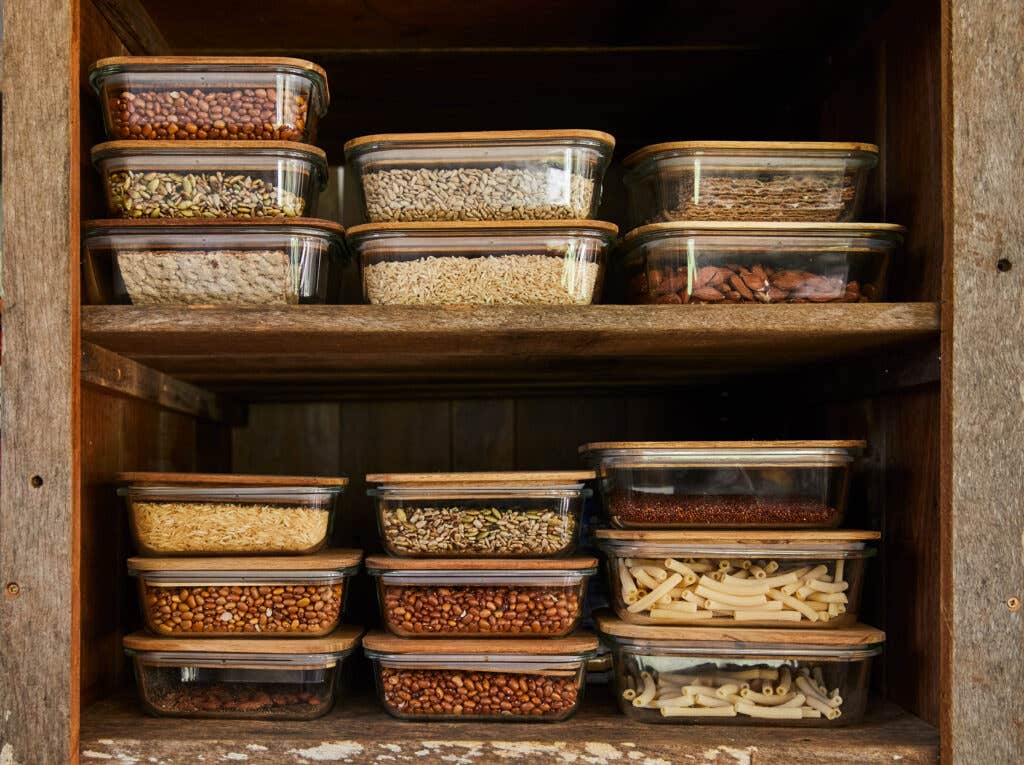
"I was surrounded by so many foods in the studio," he says of the space in Garzón, which is divided in two by a large work table, with ceramic tools on one side and a kitchen on the other. "They served as a model for me to start playing." In the pantry, Aciar found glass containers holding all varieties of grains, beans, and pastas. When he opened a canister of orecchiette, he immediately recalled learning how to make it from scratch in 1997 while working at Mallmann's 1884 Restaurante in Mendoza, Argentina. Inspired by the pasta and his memory, Aciar decided to make an orecchiette-shaped sconce that Mallmann could potentially place in one of his restaurants.
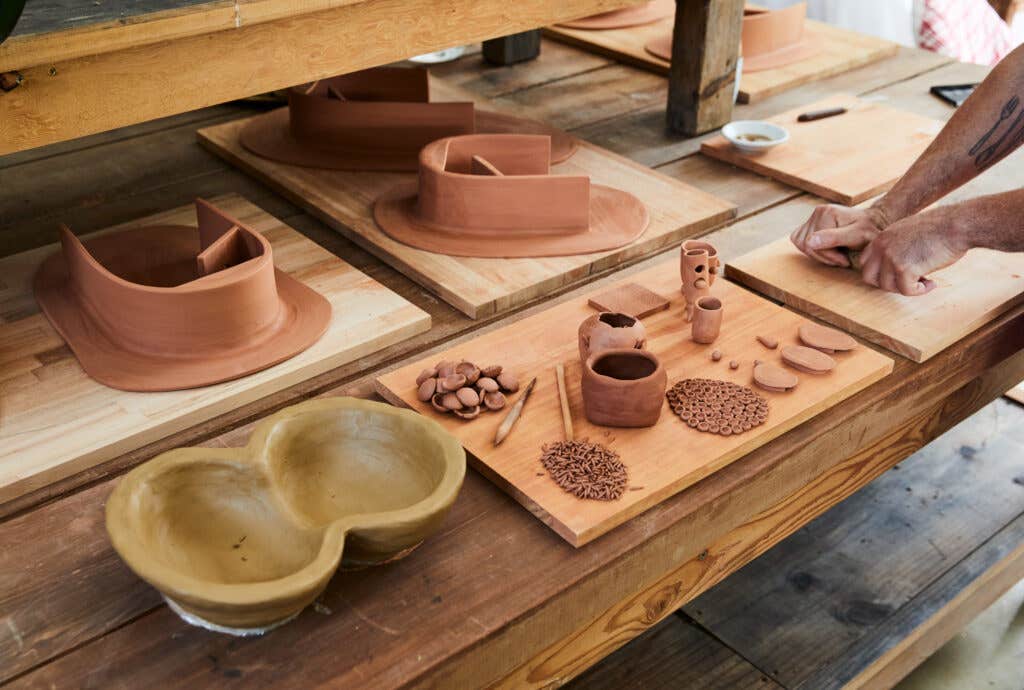
Aciar's approachable forms and understated style align with Mallmann's aesthetic vision. The chef likes to create layered, unfussy environments peppered with antique textiles, vintage kitchen tools, and storied furniture. “[My restaurants] have an ongoing language of romance—with flowers, with beautiful woods,” says Mallmann.
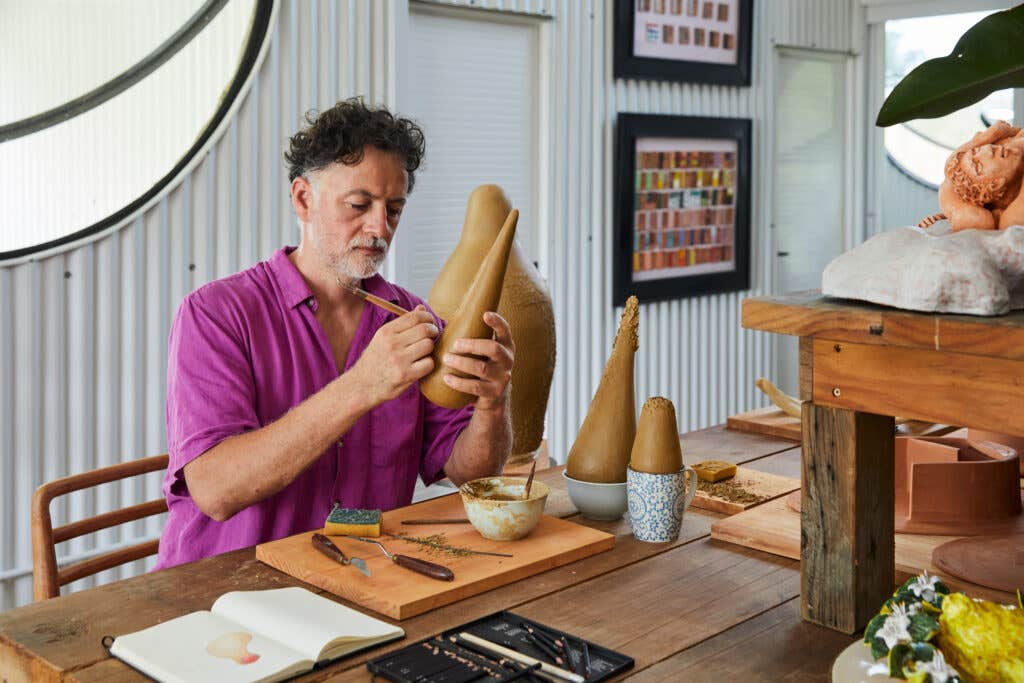
The unpretentious nature of Mallman’s spaces may stem from his favored culinary approach, which derives from the indigenous fire-cooking techniques of Patagonia and often requires little more than an open flame. The immediacy of that primordial mode of cooking captivates the senses and keeps people in the here and now, Mallmann explains. Diners feeling comfortable and present facilitates what he believes to be the most important aspect of a meal: “The only reason why we eat and drink with friends, lovers, family, is because we want to talk. We want to exchange.”
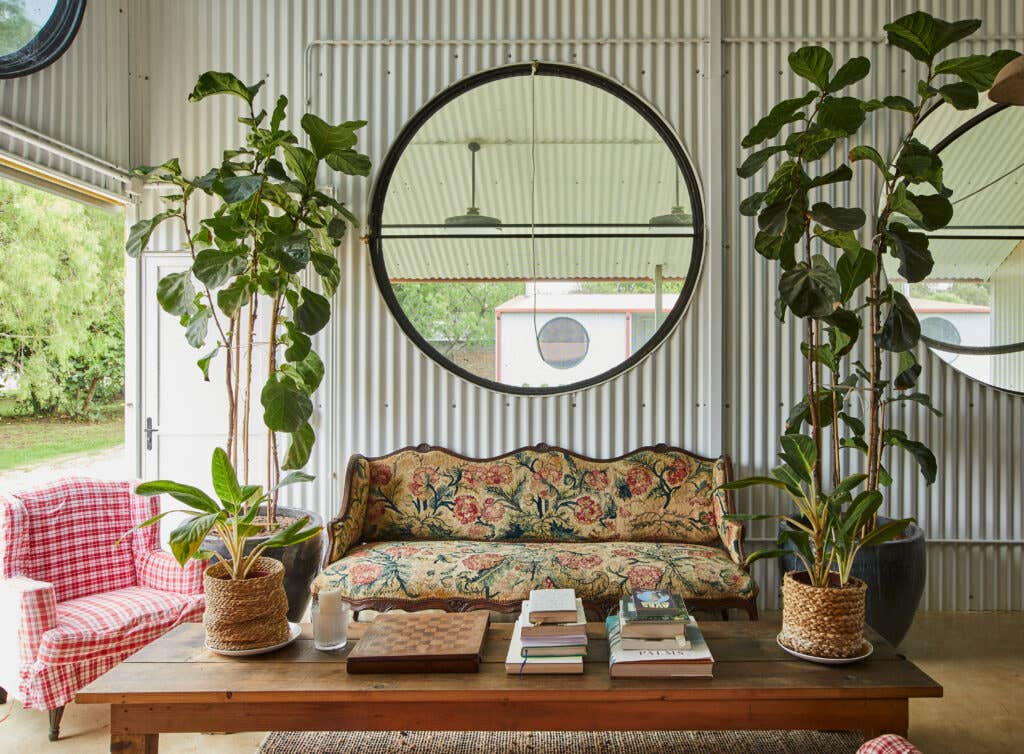
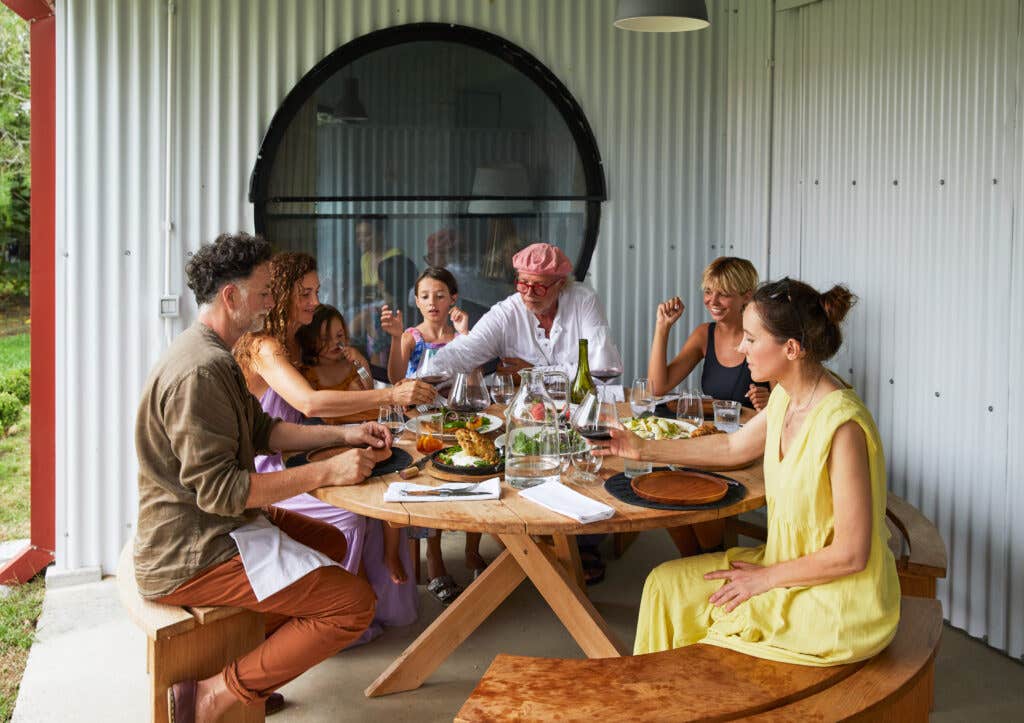
Marie Ducaté, a ceramicist and designer from France, first visited Garzón in 2007 to develop commissioned pieces for Mallmann, and has worked from the studio multiple times since. She points out that flames are essential for both fire-cooking and ceramics-making, so chefs and potters share similar movements and mindsets. "You don't know what color it will be after a night of cooking, so it's very mysterious," she explains, drawing the parallel that open-fire cooking, too, can be mercurial.
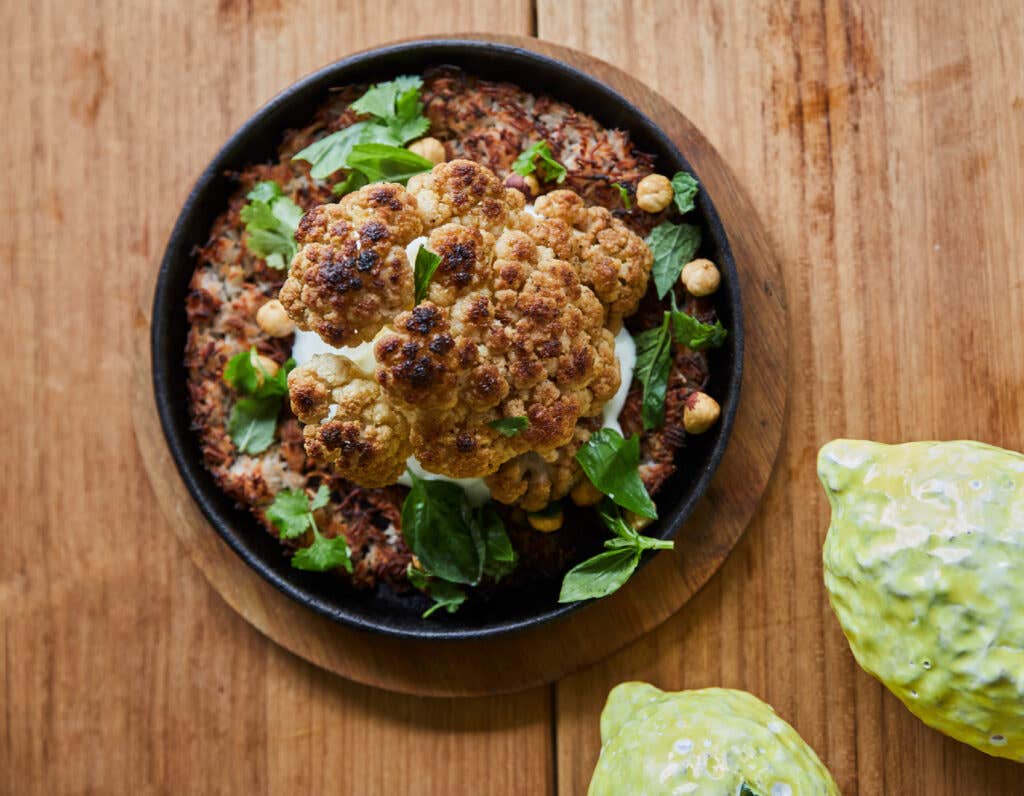
Like Aciar, Ducaté found plenty of inspiration while staying at the remote studio, which is situated in a lush countryside teeming with flora. “As humans, we experience nature through all of our senses, and nature enhances our days, our hours,” says Mallmann, who is releasing a new cookbook later this year dedicated to cooking plants over live fire. After noticing that Mallman had a fondness for lemons, Ducaté created ceramics in the shape of the citrus; when assembled into a metal structure, the pieces turn into a decorative chandelier.
Aciar, a chef himself, especially embraces the philosophy of coupling food with craft, and continues to do so back home in New York City. For his Brazilian-inspired OCAFE, which serves coffee and pastries like pão de queijo, he designed the furnishings and tableware himself. In 2019, he launched OSTUDIO, a community space made up of art studios and working booths for creatives that will open its own in-house OCAFE location in April, as well as a wine bar that will offer residencies for chefs to experiment with different styles and techniques.
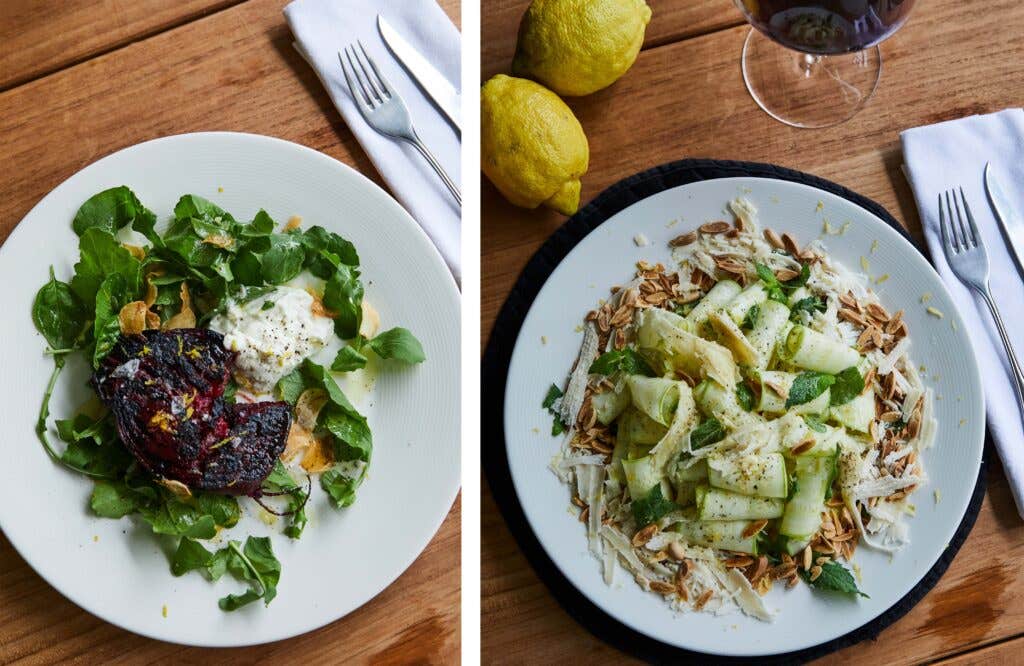
"We need to be more creative in the way that we present food. We have to get fully involved in the storytelling," says Aciar. By combining the creation of art and food under one roof, he hopes to bring together the best of both worlds—a mission Mallmann has been instilling in him since the two first started working together.
“We will keep inviting artists-in-residence to produce things inspired by the beauty of this little phantom town,” says Mallmann, referring to the Garzón studio. “It’s a big joy for me.”
Keep Reading
Continue to Next Story









